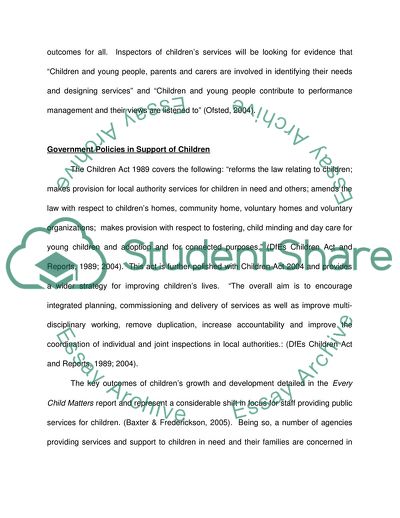Cite this document
(Working Together for Our Childrens Welfare Coursework, n.d.)
Working Together for Our Childrens Welfare Coursework. https://studentshare.org/social-science/1708882-agencies-working-with-children-and-families
Working Together for Our Childrens Welfare Coursework. https://studentshare.org/social-science/1708882-agencies-working-with-children-and-families
(Working Together for Our Childrens Welfare Coursework)
Working Together for Our Childrens Welfare Coursework. https://studentshare.org/social-science/1708882-agencies-working-with-children-and-families.
Working Together for Our Childrens Welfare Coursework. https://studentshare.org/social-science/1708882-agencies-working-with-children-and-families.
“Working Together for Our Childrens Welfare Coursework”. https://studentshare.org/social-science/1708882-agencies-working-with-children-and-families.


